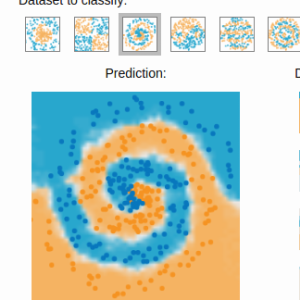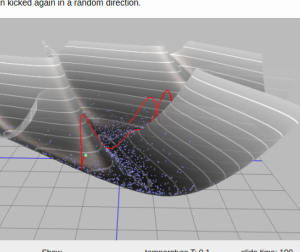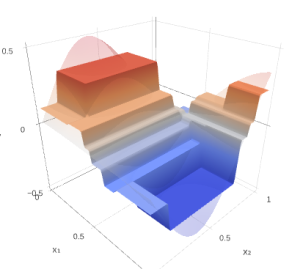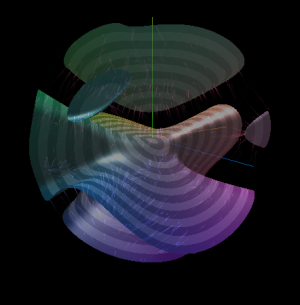Decision train classifier
During the weekend, I’ve been working on the implementation of decision train.
Decision train is a classification/regression model, which I first introduced as a way to speed up gradient boosting with bit-hacks. Its main purpose was to demonstrate how bit operations, coupled with proper preprocessing of data plus revisiting, can speed up training/application of the trained formula. It may sound strange, but this incredibly fast algorithm was written in Python (all the computationally expensive operations use NumPy).
In general, I found its basic version to be no worse than GBRT from scikit-learn. And my implementation is, of course, much faster.
An interesting aspect of my approach: I am writing the hep_ml library in a modular way.
For instance, considering the GBRT implementation, there are separate classes/functions for:
- Boosting algorithm
- Base estimator
At this moment, only different trees are supported, but I believe that one can use any clustering algorithm, like k-means. While this sounds a bit strange, experiments with pruning show that getting estimators from some predefined pool can yield very good results in classification. - Loss function
The only difference between regression, binary classification, and ranking for gradient boosting is in the loss function used. - Splitting criterion
This may also be called a loss function. It’s the figure of merit (FOM) minimized when building a new tree. GBRT usually uses MSE as this criterion.
This ‘modular structure’ made it possible to write loss functions once and use them with different classifiers.
Maybe I’ll find time to provide support for FlatnessLoss inside my neural networks. Since it is flexible and uses only gradients, this should not be very complicated.
 Gradient boosting
Gradient boosting  Hamiltonian MC
Hamiltonian MC  Gradient boosting
Gradient boosting  Reconstructing pictures
Reconstructing pictures  Neural Networks
Neural Networks